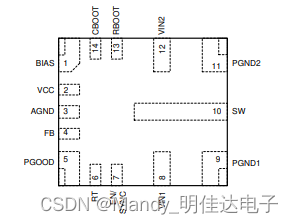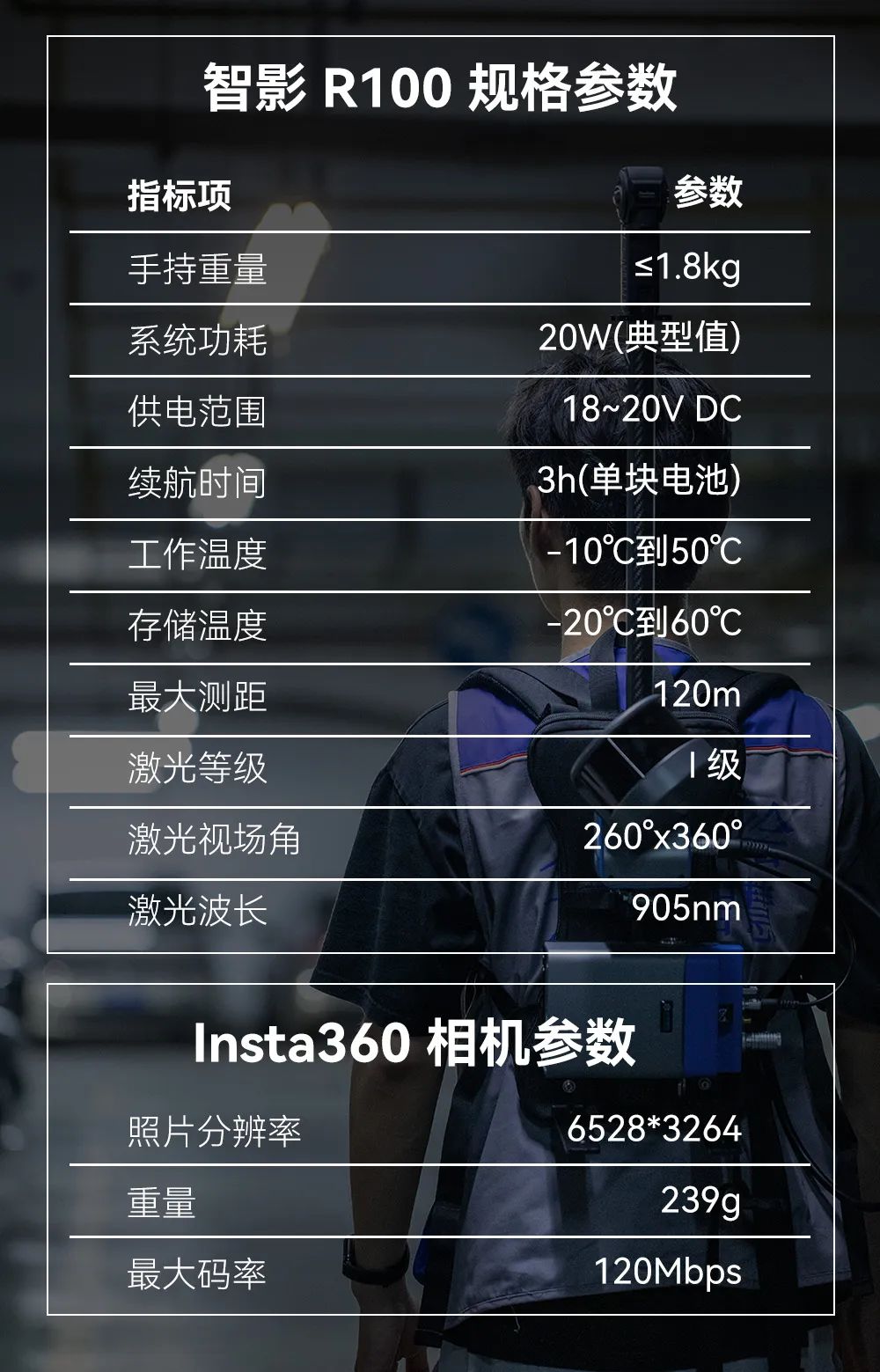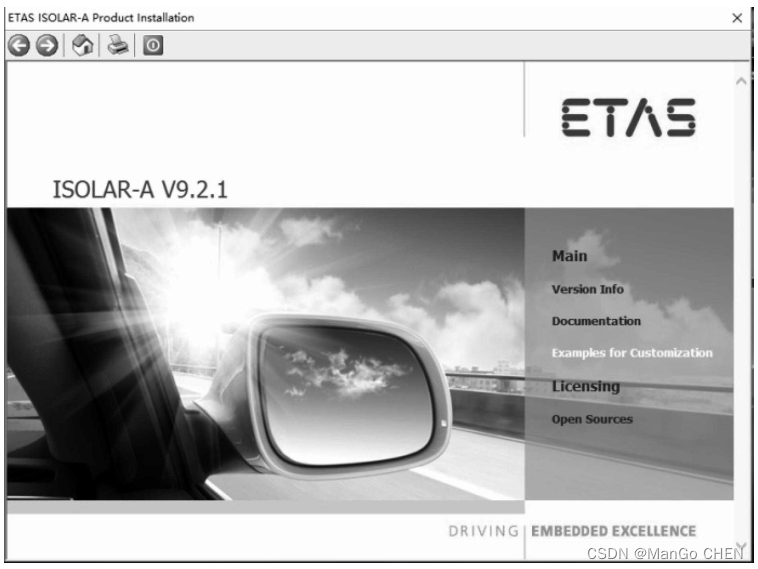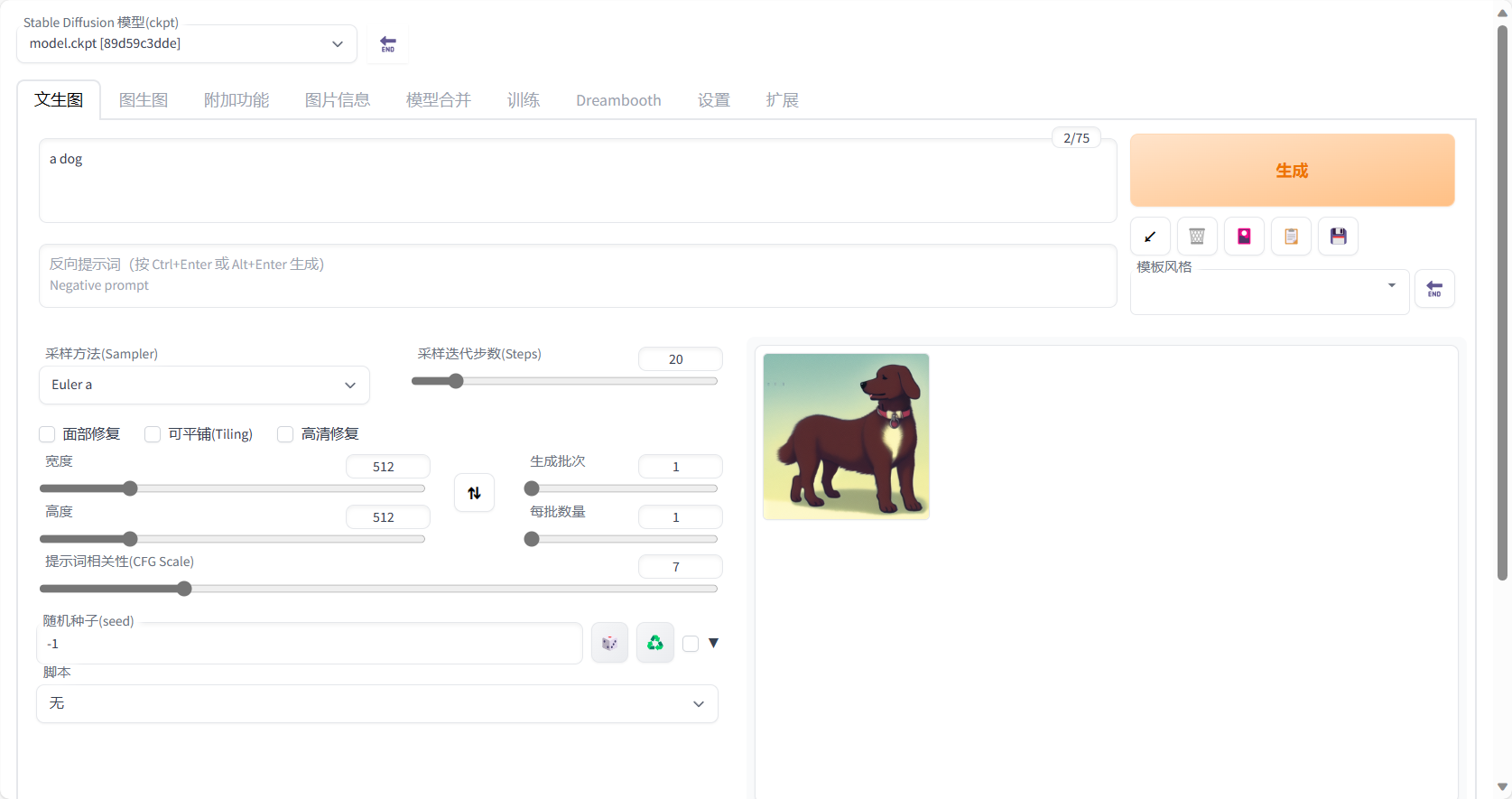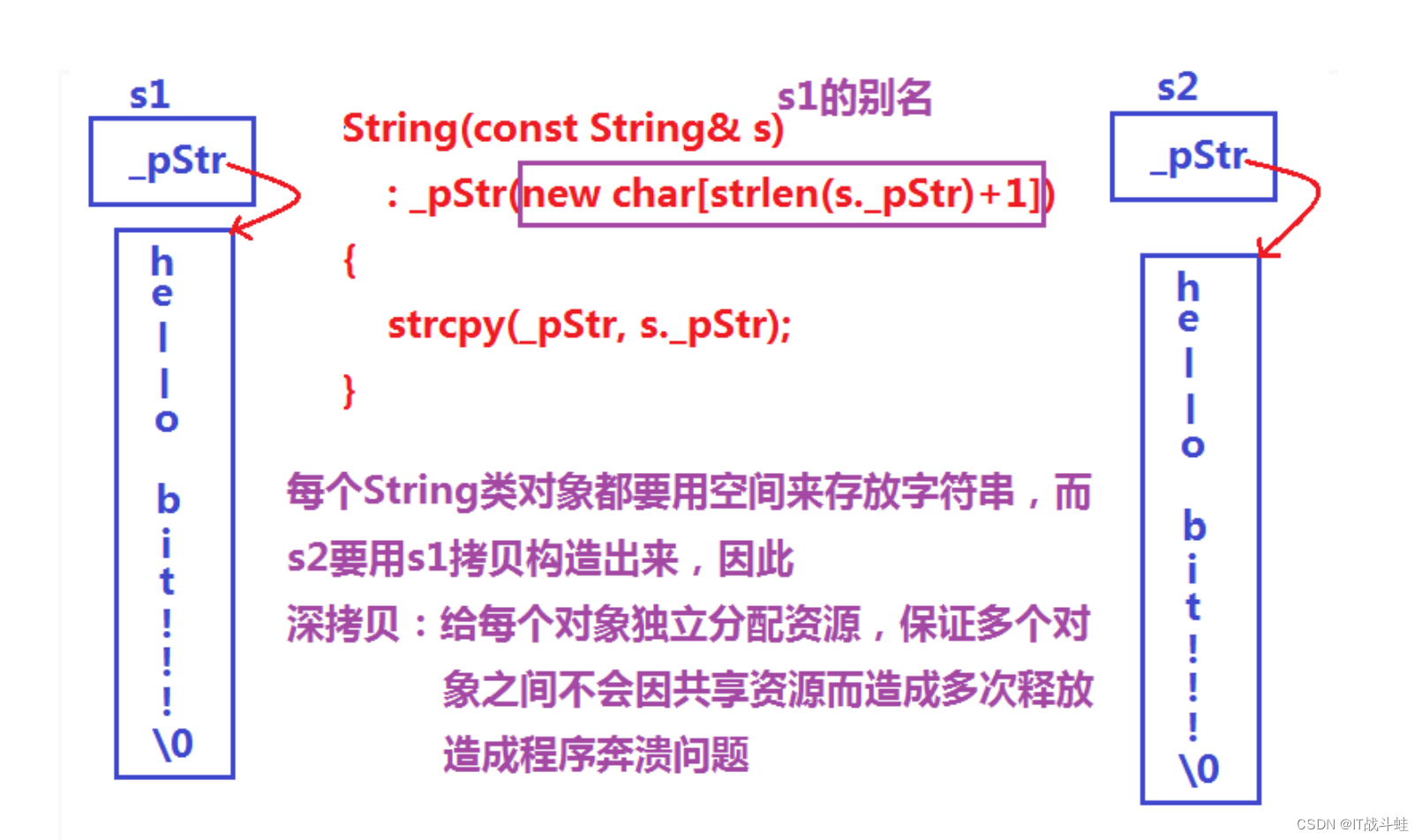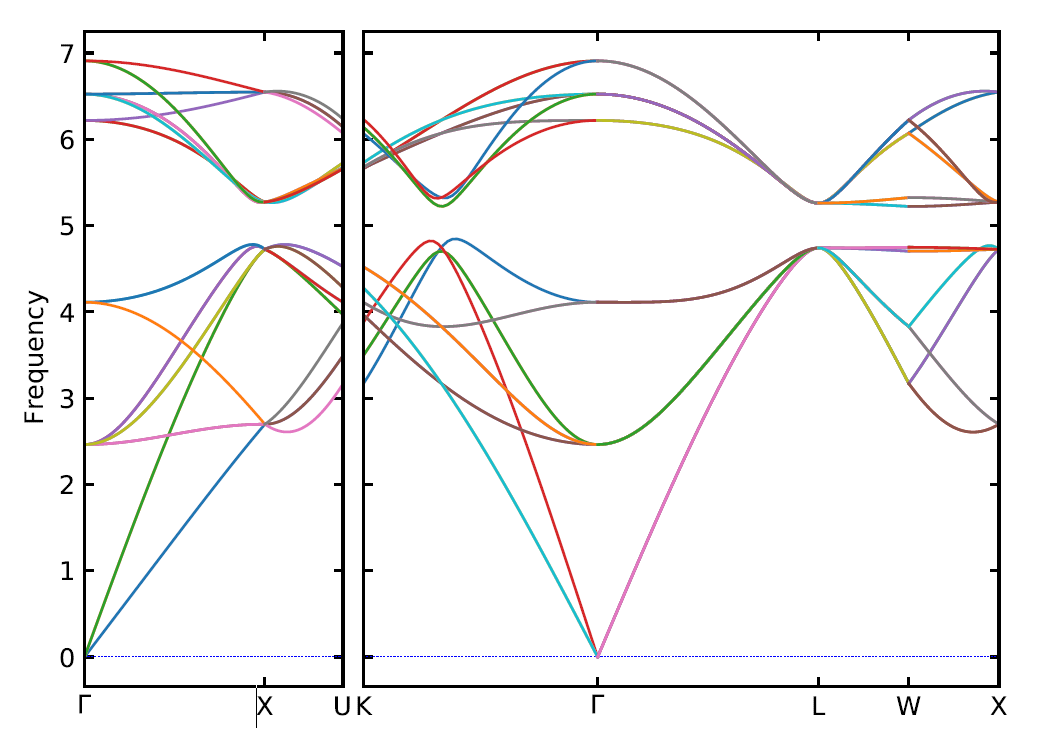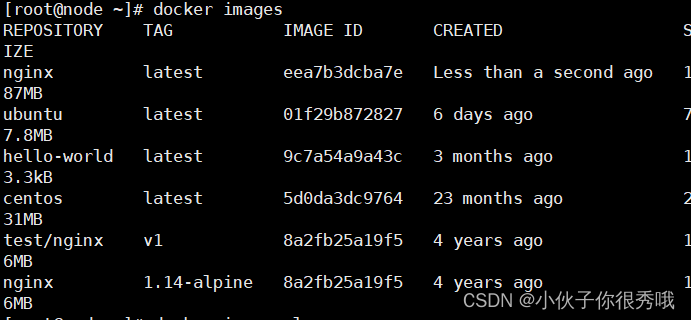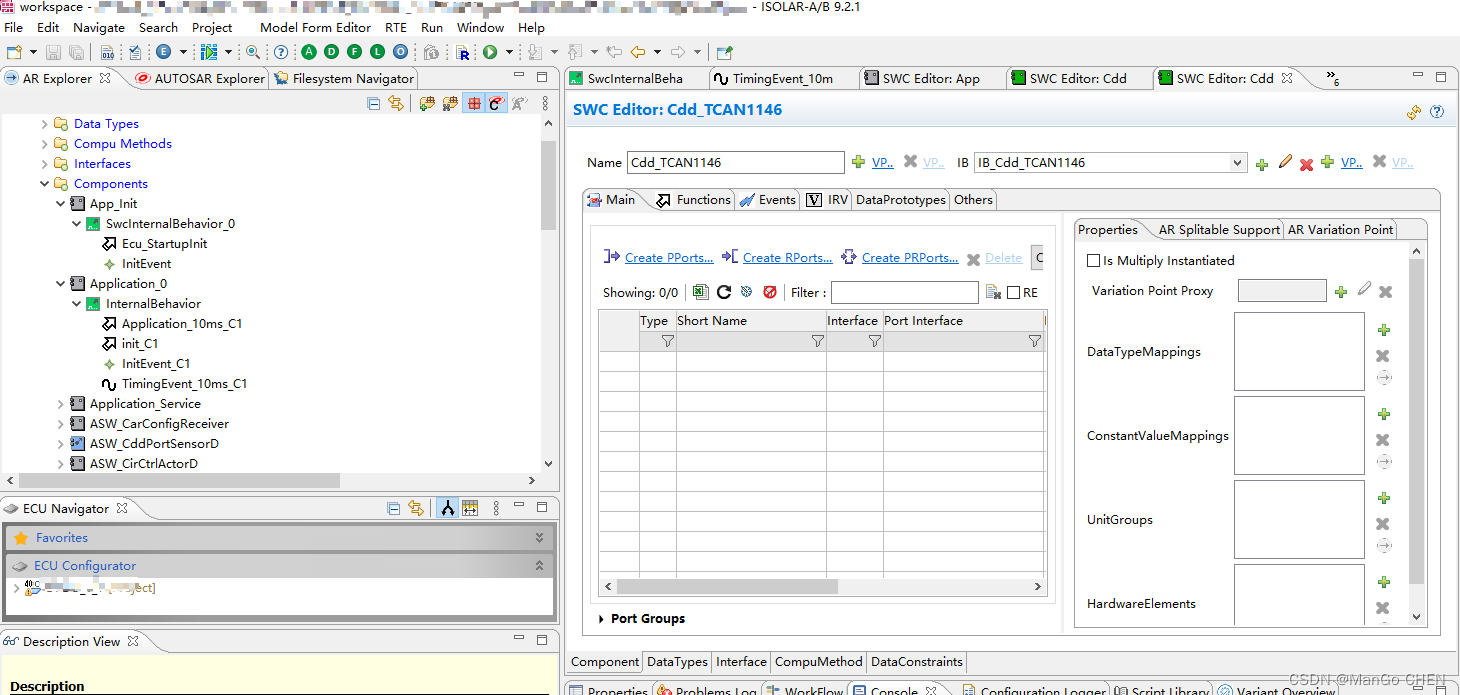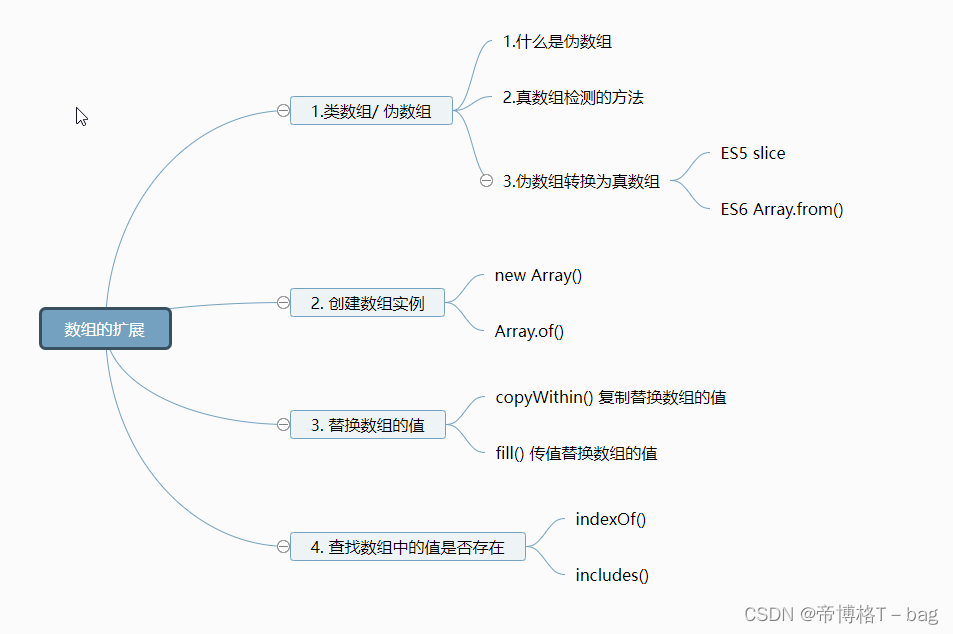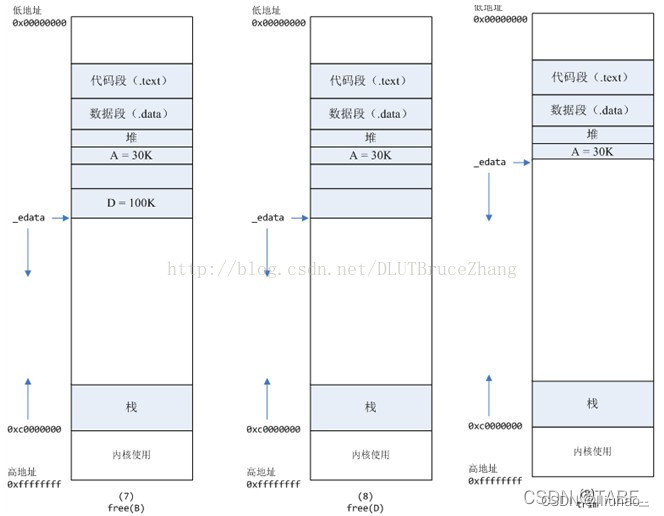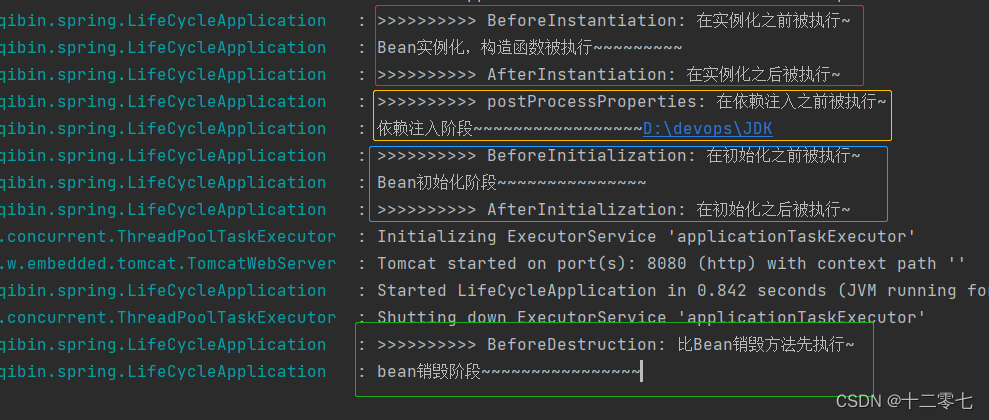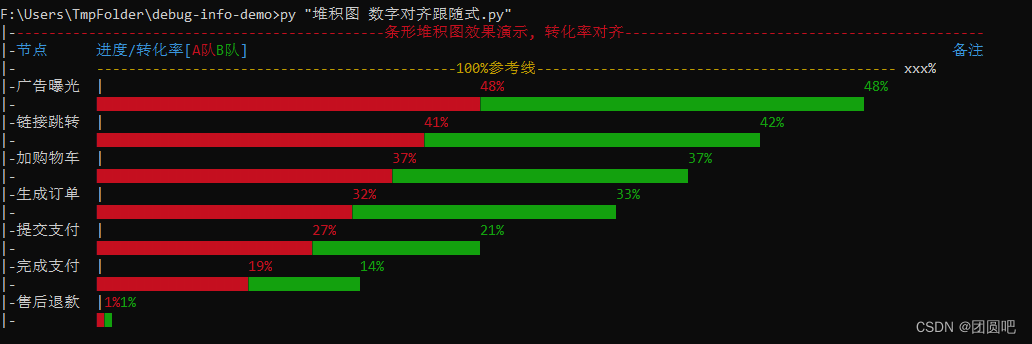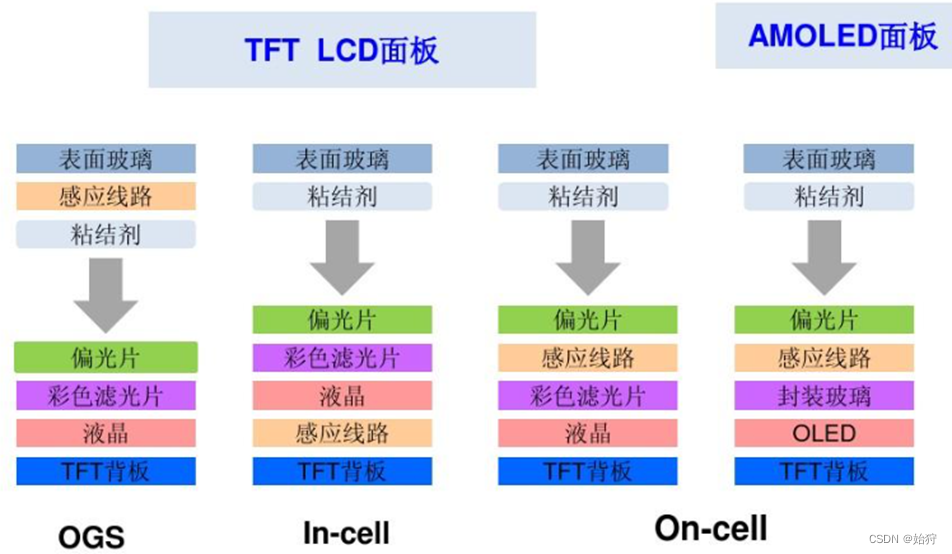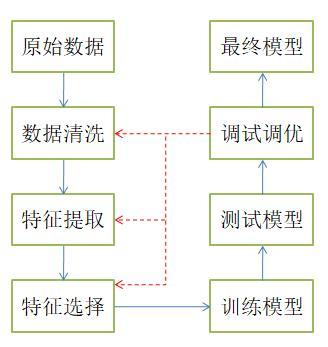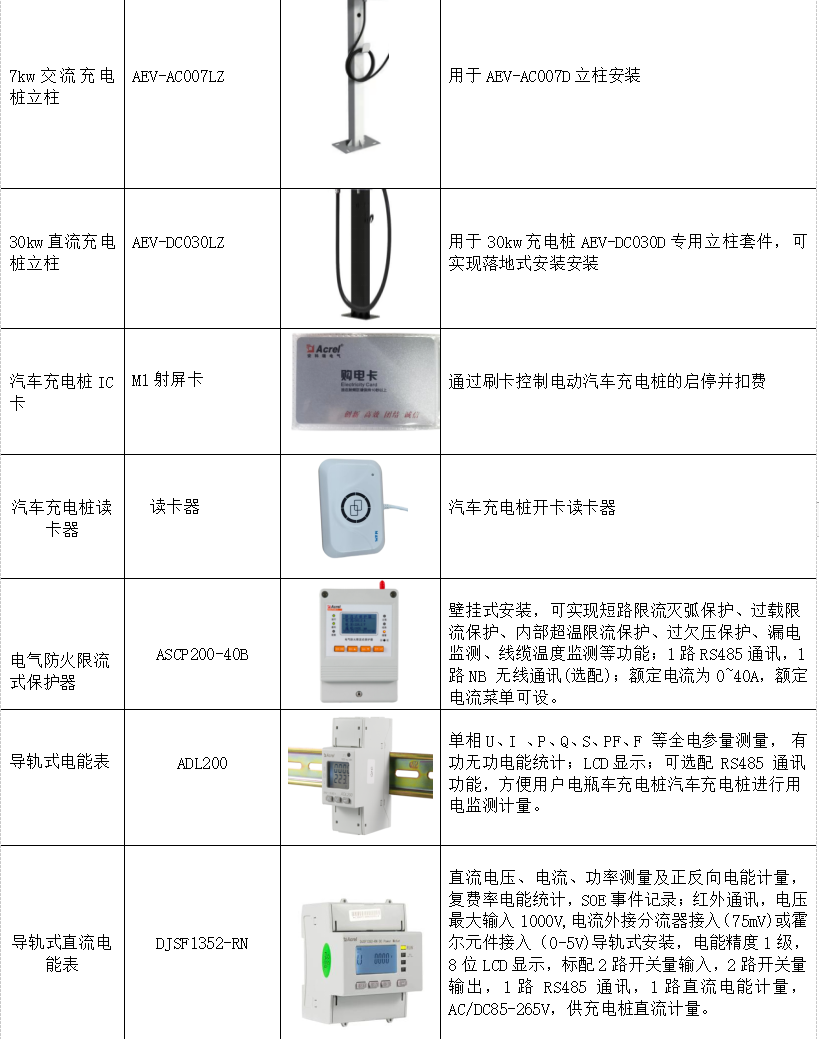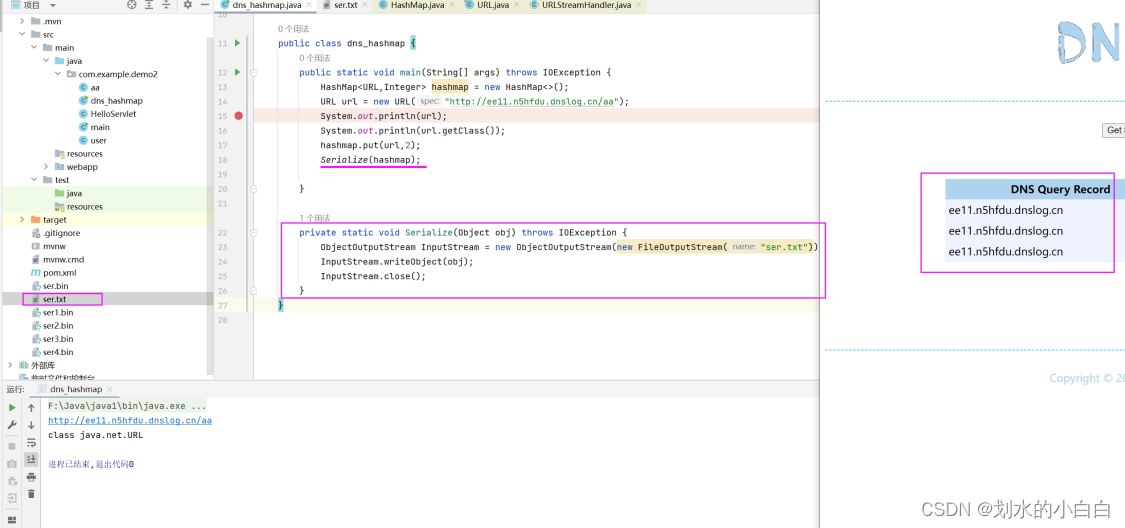Android 12 源码分析 —— 应用层 二(SystemUI大体组织和启动过程)
在前一篇文章中,我们介绍了SystemUI怎么使用IDE进行编辑和调试。这是分析SystemUI的最基础,希望读者能尽量掌握。
本篇文章,将会介绍SystemUI的大概组织架构,以及它的启动过程。本篇文章读完,将会知道:
- SystemUI为什么选择使用Dagger2
- SystemUI怎么新建一个模块
- SystemUI的启动流程
在进行阅读之前,请跟着我思考如下的问题:
- SystemUI要完成哪些功能?
- 各个功能之间需要沟通吗?
- 倘若各个功能之间需要进行沟通,怎样组织他们之间的引用关系
- 各个功能需要与系统服务沟通吗?
- 倘若各个功能需要与系统服务沟通,怎么高效的组织他们之间的引用
- 各个功能之间有依赖关系吗?
- 各个功能之间启动有顺序要求吗?
针对上述1,2,3问题,我们可以从界面上看到,SystemUI包含:锁屏,状态栏,导航栏,Toast的显示,音量调节等等功能。这些功能之间可能会相互引用,如状态栏模块需要知道锁屏模块的情况,便于决定是否要隐藏一些状态栏图标。
这些功能多多少少会与系统之间进行交互,如,锁屏模块需要知道电源按钮的情况,便于决定是否要显示或者隐藏锁屏;再如,各个功能模块是否要显示夜间模式等等。
从这里我们已经知道,各个模块之间需要相互引用,且与系统之间也会有沟通,为此,需要设计好架构,让各个模块便于获得想要的对象,而这些对象的创建,可能又依赖于其他对象的创建。事实上SystemUI的各个对象之间依赖关系比较复杂,如果手动创建各个对象,需要写非常多的代码。为此,我们使用新的组件管理方式:DI(依赖注入)
依赖注入的核心思想就是:在编写代码的时候,不再由开发人员,显示的去编辑各个对象应该怎么创建,而是由依赖注入库去决定怎么创建对象。SystemUI选择了Dagger2作为其依赖注入库。
注意:这里需要说明什么叫做依赖?依赖就是一个组件A在完成功能的过程中,需要用到另外一个组件B,则叫做A依赖B。A,B可以是类,对象,模块等等。那么什么叫做注入呢?注入就是将依赖项提供给组件的过程。
现在设计好了各个模块之间怎么得到想要的对象——Dagger依赖注入。
下面想一想SystemUI和系统之间该怎么去沟通呢?这就涉及到应该怎么划分SystemUI,SystemUI作为整个系统的基础UI组成,在整个Android 系统中,占据非常重大的地位。为了能够适应更加多元的场景如Android TV,Android Car他们可能又不一样的SystemUI,同时又为了满足模块化设计。故将SystemUI设计成一个常驻内存中的apk。
既然已经将SystemUI设计成了一个apk,那么它就单独运行在另外一个进程中,要与系统进行沟通,那么只有通过Android的四大组件进行交互,以及使用Android的Binder进行交互。那么SystemUI就变成了各种Service,Activity,BroadcastReceiver,ContentProvider的一个集合了。然后在合适的时候启用这些组件。
结合前面的思考,各个功能模块,如锁屏,状态栏,导航栏只要放入合适的组件之中,就可以在正确的地方显示了。同时为了方便访问其他各个模块,我们还使用了Dagger进行辅助。
看上去似乎一切美好,但是真的美好吗?是否漏掉了一个重要问题?这些模块之间有先后顺序吗?为了能快速的进入系统,目前SystemUI不做这方面的要求,如果某一个模块需要等待另外一个模块准备好之后,才能正常工作,那么就需要调整设计逻辑了。
查看SystemUI的组件有哪些
从上面我们知道,SystemUI整体上被放入了四大组件之中,那么我们查看AndroidManifest.xml看看都有哪些组件被定义了。
在android-12.0.0_r34分支上,AndroidManifest.xml有38个Activity,11个Service,4个provider,11个receiver
接下来,我将给出各个组件的简单描述,再后续的章节中,我们将会细细介绍这些组件如何启动,完成哪些功能。
Activity篇
- LongScreenShotActivity:长截图使用的视图,用户决定长截图时,调起这个Activity。
- ScreenRecordDialog:录屏时弹出的选项框视图。
- TunerActivity:这是给研发人员用的微调界面。可以使用下面命令打开界面入口
adb shell pm enable com.android.systemui/com.android.systemui.tuner.TunerActivity
然后在设置->系统->System UI Tuner进入界面
- DemoMode:SystemUI的Demo模式,也是给研发人员用的,他是TunerActivity的功能补充,可在开发者选项中打开
- ForceReSizableInfoActivity:弹出应用无法在分屏模式,或者辅助屏幕下运行
- UsbPermissionActivity:确定USB权限弹框
- UsbResolverActivity:为USB设备选择一个应用弹框
- UsbConfirmActivity:弹出一个视图,用来确定是否要使用某个app,是UsbResolverActivity的后续视图
- SensorUseStartedActivity:当传感器在privacy mode下,欲使用传感器时的弹框
- TvUnblockSensorActivity:同SensorUseStartedActivity,只不过这个是运用在电视机上的视图
- UsbAccessoryUriActivity:弹出一个框,让你去下载这个USB设备对应的应用
- UsbContaminantActivity:弹出一个框,表示USB已经停用,停用的原因可能是usb端口处有赃物等。
- UsbDebuggingActivity:弹出是否允许USB调试
- UsbDebuggingActivityAlias:这个是UsbDebuggingActivity的别名
- WifiDebuggingActivity:弹出是否允许网络进行无线调试
- WifiDebuggingActivityAlias:是WifiDebuggingActivity的别名
- WifiDebuggingSecondaryUserActivity:弹出目前登录的用户无法开启无线调试功能,需要切换为主用户
- NetworkOverLimitActivity:弹出数据流量已经达到上限
- MediaProjectionPermissionActivity:多媒体投屏权限确认
- TvNotificationPanelActivity:TV专用,弹出一个消息框
- SlicePermissionActivity:Slice权限弹框
- DessertCase:彩蛋之一
- MLandActivity:彩蛋小游戏
- PeopleSpaceActivity:提示Pepole Space UI的位置,android 11新增功能
- LaunchConversationActivity:当会话被点击的时候,展开视图,Android 11 新增功能
- WorkLockActivity:解锁work profile的界面
- CreateUserActivity:创建用户视图
- Somnambulator:屏保
- BrightnessDialog:亮度弹框
- ForegroundServicesDialog:展示前台services的一个弹框
- ChooserActivity:弹出一个框,让用户选择打开哪一个应用,来处理当前的Intent
- ControlsProviderSelectorActivity 弹出“选择要添加控制器的应用”
- ControlsEditingActivity:编辑控制器,拖拽进行编辑
- ControlsFavoritingActivity:控制器,偏好设置
- ControlsActivity:列出设备控制器
- WalletActivity:电子钱包
- ControlsRequestDialog:control请求添加设备控制器弹框
注意:这里的Controls,是外部设备的控制器,如全屋智能中的控制器。
上面只是一个非常简单的概览,而一些常见组件逻辑和UI细节,将会在后续文章中出现。
看到这里,可能会有读者提问:上面的Activity似乎没有状态栏和锁屏呀,他们的视图,难道不在这些Activity里面吗?
欲探讨这个问题,还需要先看剩下的组件。
Services篇
- SystemUIService:哇哦,多么让人提神的名字,这个Service包含了SystemUI内部的大部分功能它也是我们SystemUI源码分析的重中之重。
- SystemUISecondaryUserService:多用户情况下,该service保证多用户的SystemUI功能正常
- SystemUIAuxiliaryDumpService:开发使用,dump出各个必要部件的信息并查看
- TakeScreenshotService:截屏相关的service
- RecordingService:录屏相关的service
- ImageWallpaper:壁纸相关的service
- PeopleBackupFollowUpJob:People service ui相关的服务
- DessertCaseDream:小彩蛋
- KeyguardService:锁屏相关的服务
- AuxiliaryPersistenceWrapper$DeletionJobService:外部设备控制器相关的服务
- DozeService:跟Doze相关的服务
ContentProvider篇
- FileProvider:提供文件
- KeyguardSliceProvider:提供锁屏Slice
- ClockOptionsProvider:为选择器程序提供时钟预览
- PeopleProvider:返回给定快捷方式的 People Tile 预览
BroadcastReceiver篇
- ScreenshotServiceErrorReceiver:截屏失败广播接收器
- SysuiRestartReceiver:重启SystemUI广播接收器
- ActionProxyReceiver:拦截share和edit intent,便于提前处理一些事情的广播接收器
- DeleteScreenshotReceiver:删除截屏广播接收器
- SmartActionsReceiver:用户点击通知中的smart action之后,用于接收对应的广播,并执行smart action
- ControlsRequestReciver:接收增加控制器请求的广播接收器
- TunerService$ClearReciver:用于调用TunerService的clear的广播接收器
- KeyboardShortcutsReceiver:展示或者隐藏键盘快捷键的广播接收器
- MediaOutputDialogReceiver:接收媒体输出Intent的广播接收器
- PeopleSpaceWidgetPinnedReceiver:当一个联系人Tile widget被添加之后,这个接收器被调用
- PeopleSpaceWidgetProvider:People Space widget 的实现
阅读到这个地方,读者依然会有疑问——SystemUI的锁屏和状态栏,到底在什么地方显示出来的?Service里面能显示UI吗?明显不合理呀。那么安卓的锁屏和状态栏,到底是怎么显示出来的呢?
小提示:SystemUI除了上面列出的组件来显示视图以外,还通过直接与WindowManager交互来显示视图。What~~ 是不是会感叹一句,android的设计架构还真是有些混乱。
此处不表,后续详解。接下来我们需要先处理前面提到的关于Dagger2,它是如何处理SystemUI中各个组件的引用关系的。
SystemUI内部组件设计
我们要让Dagger2来管理各个组件的依赖关系,那我我们必然要告诉Dagger2有怎样的依赖关系,应该使用什么样的方式呢?用xml文件来描述吗?还是用其他的方式呢?
Dagger2使用了java的注解来描述他们之间的依赖关系。同时为了提升性能,Dagger2会在编译的时候,根据注解生成不同的java对象,然后在生成的java对象中,安排好了一切的依赖,以及生命周期。
用来表示各种依赖关系的注解,叫做给Dagger2画一副图(graph).接下来的我们结合SystemUI中的实例,看看SystemUI如何给Dagger2画了一副图。
Dagger2 在SystemUI中的应用
在我们的设想中,需要一个最最顶部的对象比如RootManager.然后根据这个RootManager来获得我们需要的各个对象。
在SystemUI中,依然也有这么个RootManager。它就是:GlobalRootComponent。SystemUI的各个模块,想要拿到自己想要的对象,可以通过GlobalRootComponent获取。
注意:读者,看到这里,肯定会非常疑惑,为什么要叫Component,而不是Manager,毕竟Manager在Android中多么的常见。这是因为SystemUI使用了Dagger2的抽象。在Dagger2中,Component表示一个组件,事实上它是一个容器,里面包含有它可以提供的所有依赖。故此GlobalRootComponent则是可以提供给所有依赖的一个组件。
那么我们来看看如何给GlobalRootComponent画图的。
//@Singeton:告诉Dagger2所有带有@singtone注解的对象,生命周期一致。此处表示全局唯一
//@Component(xxx):告诉Dagger2,定义了一个Component组件
//modules={xxx}:告诉Dagger2,这个组件依赖这些模块。关于模块的概念,见后文
@Singleton
@Component(modules = {
GlobalModule.class,
SysUISubcomponentModule.class,
WMModule.class})
//此处是interface接口定义,Dagger2会生成对应的实现类,并按照我们给Dagger2的注解图,管理好
//各个对象的依赖和创建
public interface GlobalRootComponent {
//@Component.Builder:
//告诉Dagger2,这个是创建GlobalRootComponent的Builder类
//请务必要思考:为什么此处的对象创建要用Builder模式,而不是工厂模式?
@Component.Builder
interface Builder {
@BindsInstance
Builder context(Context context);
GlobalRootComponent build();
}
//提供一个方法,这个方法的返回类型,就是这个组件可以提供的依赖,此处表示可以提供
//WMComponent.Builder对象
WMComponent.Builder getWMComponentBuilder();
//表示此组件可以提供,SysUIComponent.Builder对象
SysUIComponent.Builder getSysUIComponent();
//注:上面两个方法提供的返回类型可以看到,他们依然是一个Component
//表示可以提供ThreadFactory对象
ThreadFactory createThreadFactory();
}
在上面的例子中,我们提到了模块module这个概念,在介绍这个概念之前,先思考一个问题:如果GlobalRootComponent中有很多很多依赖怎么办呢?如果每个都画在图上,就会显得杂乱无章,因此dagger2提供一种功能,将这些不同的依赖用Module进行逻辑上面的划分。然后只需要在给Component画图时,进行如下指定即可:
@Component(modules={xxx.class})
我们选取SysUISubComponentModule进行查看,源码如下:
//@Module:告诉Dagger2,这个module内的所有依赖,逻辑划分为:SysUISubcomponentModule
//subcomponents = {SysUIComponent.class}:告诉Dagger2,这个模块含有SysUIComponent子组件
//关于子组件的概念,我们下文介绍
@Module(subcomponents = {SysUIComponent.class})
public abstract class SysUISubcomponentModule {
}
在上面的例子中,我们提到了subcomponent,在介绍这个概念之前,我们再来想个问题:如果一个Component提供一个对象给其他使用者,被提供的对象,应该是每次都创建,还是只创建一次呢?这就涉及到对象的生命周期,为了能够更好的管理生命周期,我们建议,同属于一个生命周期的对象,放在一个子组件中。因此,上面的SysUIComponent子组件中所有对象,将属于同一个生命周期。当然subcomponent也不仅仅可以隔离生命周期,还可以隔离模块使代码更加清晰
那么我们看看这个subcomponent是怎么被告知Dagger2的。
//@SysUISingleton:告诉Dagger2所有SysUISingleton注解的对象生命周期相同
//@Subcomponent:告诉Dagger2,这是一个子组件
//modules={xxx}:告诉dagger2,这个子组件有这么些module的需要依赖
@SysUISingleton
@Subcomponent(modules = {
DefaultComponentBinder.class,
DependencyProvider.class,
SystemUIBinder.class,
SystemUIModule.class,
SystemUIDefaultModule.class})
public interface SysUIComponent {
//告诉Dagger2生命周期
@SysUISingleton
//告诉Dagger2这个子组件的Builder接口定义
@Subcomponent.Builder
interface Builder {
//省略若干相同部分
//@BindsInstance:告诉Dagger2,将t绑定到这个Builder对象中
//在Dagger2根据我们画的图,会根据这个Builder接口,生成一个SysUIComponentBuilder对象
//在这个对象中,会有一个成员,类型为Optional<TaskSurfaceHelper>名字为setTaskSurfaceHelper.
//然后这个setTaskSurfaceHelper()接口函数的实现,就会将参数传入的t保存在setTaskSurfaceHelper成员中。
//这个过程就叫做:绑定实例,也即@BindsInstance的语义
@BindsInstance
Builder setTaskSurfaceHelper(Optional<TaskSurfaceHelper> t);
//任何一个Builder接口,都必须有一个build()函数,且返回类型为需要构建的对象类型,此处即为SysUIComponent
SysUIComponent build();
}
//定义了一个默认方法,这个方法什么也没有做
default void init() {
// Do nothing
}
//告诉Dagger2它的生命周期
@SysUISingleton
//subcomponent和component一样,如果想要对外提供依赖,就可以定义任何一个函数,函数的返回类型就是
//被提供对象的类型。
BootCompleteCacheImpl provideBootCacheImpl();
//省略若干相同部分
//当返回类型为空,而传入类型不为空的时候,表示需要向传入类型对象(SystemUIAppComponentFactory)
//中被@inject标记的成员赋值,叫做注入
//理论上,函数名为任意值,但是此种函数,几乎只会完成注入的功能,因此此函数最后都叫做inject
void inject(SystemUIAppComponentFactory factory);
//省略若干相同部分
}
在上面的inject函数中,我们可以看看SystemUIAppComponentFactory是怎么样的,源码如下:
public class SystemUIAppComponentFactory extends AppComponentFactory {
//@Inject:告诉Dagger2,这个成员,需要Dagger2的注入。
//可是Dagger2又是如何知道,该怎么创建ContextComponentHelper的呢?
//这就是我们给Dagger2画图的作用,我们已经提前画好图给Dagger2,告诉它应该
//怎么创建这个ContextComponentHelper
@Inject
public ContextComponentHelper mComponentHelper;
}
接下来,看看我们是怎么给ContextComponentHelper画图的,源码如下:
public interface ContextComponentHelper {
//省略若干无用部分
}
从上面的源码可以知道,它没有任何注解,即它没有被画如Dagger2的图中,被画入Dagger2图的另有它类,ContextComponentHelper的实现类为:ContextComponentResolver,源码如下:
//@SysUISingleton:告诉Dagger2它的生命周期
@SysUISingleton
public class ContextComponentResolver implements ContextComponentHelper {
private final Map<Class<?>, Provider<Activity>> mActivityCreators;
private final Map<Class<?>, Provider<Service>> mServiceCreators;
private final Map<Class<?>, Provider<SystemUI>> mSystemUICreators;
private final Map<Class<?>, Provider<RecentsImplementation>> mRecentsCreators;
private final Map<Class<?>, Provider<BroadcastReceiver>> mBroadcastReceiverCreators;
//@Inject:此处就是告诉Dagger图,注入Dagger2的各种辅助功能,帮助创建这个对象
//在创建对象的时候,需要它的各种参数,而这些参数又应该怎么被Dagger2提供呢?
//只要我们把需要的参数,画好图给Dagger2即可,过程就和这个ContextComponentResolver一样啦,
//在构造器上面标注一下@Inject就可以了
@Inject
ContextComponentResolver(Map<Class<?>, Provider<Activity>> activityCreators,
Map<Class<?>, Provider<Service>> serviceCreators,
Map<Class<?>, Provider<SystemUI>> systemUICreators,
Map<Class<?>, Provider<RecentsImplementation>> recentsCreators,
Map<Class<?>, Provider<BroadcastReceiver>> broadcastReceiverCreators) {
mActivityCreators = activityCreators;
mServiceCreators = serviceCreators;
mSystemUICreators = systemUICreators;
mRecentsCreators = recentsCreators;
mBroadcastReceiverCreators = broadcastReceiverCreators;
}
//省略若干无用部分
}
看到此处,我们已经大体知道了Dagger2该怎么使用(该怎么提供一个图给它)。但是仔细思考依然会有一个问题——要是某些类,不是由我们创建,那么我们就没法在构造器上面加上@Inject了,那么怎么才能让Dagger2知道:当它需要这个对象的时候,应该怎么创建呢?此时Dagger2提供了另外一个注解@Provides .
我们以GlobalModule为例进行说明,源码如下:
//@Module:告诉Dagger2,定义一个逻辑模块,这个模块包含FrameworkServicesModule,GlobalConcurrencyModule
@Module(includes = {
FrameworkServicesModule.class,
GlobalConcurrencyModule.class})
public class GlobalModule {
//@Provides:告诉Dagger2,如果需要DisplayMetrics对象,就调用provideDisplayMetrics()函数即可
//至于这个函数需要的参数Context,该怎么创建,Dagger2已经能够从我们给它的图中自动找到了
@Provides
public DisplayMetrics provideDisplayMetrics(Context context) {
DisplayMetrics displayMetrics = new DisplayMetrics();
context.getDisplay().getMetrics(displayMetrics);
return displayMetrics;
}
}
至此,我们已经大体介绍完了Dagger2中如何画图(即怎么使用注解),如,怎么使用@Component,@SubComponent,@Inject,@Provides,@Module等等,Dagger2中还有其他注解没有引入,但是这已经足够本文接下来的阅读了。关于其他注解的内容,可直接参考Dagger2的文档,本文只专注于SystemUI的分析
可是上面只是画图,并没有提到怎么使用的,接下来,我们将结合SystemUI的启动过程,看看怎么使用上面画出来的Dagger2的图。
SystemUI的启动过程
任何一个Apk的启动,都是从它的四大组件开始启动,而在四大组件,开始启动之前,会去查看是否有自定义的Application,如果有,则会先创建Application。
从Android 9开始,增加了一个AppComponentFactory用来在创建四大组件之前,进行相应的操作。它同Application一样,被配置在了AndroidManifest.xml中,如下:
<application
android:name=".SystemUIApplication"
.
.
.
android:appComponentFactory=".SystemUIAppComponentFactory">
<!--省略若干不相干话题-->
</application>
从这个配置中我们可以看到如下的启动过程:
SystemUIAppComponentFactory->SystemUIApplication->某个欲启动的组件(Android四大组件)。
在进一步分析这个流程之前,先来看看谁启动了SystemUI
system_server的出发点
可是有读者会问:SystemUI到底是由谁启动的呢?你看其他的app都是通过点击图标启动,SystemUI是由谁启动的?
正确答案:SystemUI由Android系统中,一个叫做sytstem_server的进程启动,system_server在开机的时候启动,然后由system_server启动各种关键服务,其中就包括启动SystemUI.这在后面分析system_server时,会详细讲解.
此处只给出system_server启动SystemUI的简略说明:
- 系统启动system_server进程之后,会执行
new SystemServer().run();
- 在run()方法中,会去启动各种服务,这些服务包括:
- 启动引导服务
- 核心服务
- 其他服务
-
在启动其他服务的时候,会去启动SystemUI(通过Intent)。而要获得启动SystemUI的具体组件,就通过
Android的PackageManager得到, -
而PacakgeManager则通过读取配置config_systemUIServiceComponent得到具体的组件名。Android系统中这个配置
为
<string name="config_systemUIServiceComponent" translatable="false"
>com.android.systemui/com.android.systemui.SystemUIService</string>
可见这正是,我们在SystemUI中定义的组件。
那么我们就可以总结一下SystemUI的启动过程了
- Android系统启动完成,启动system_server
- system_server,根据配置,通过Intent来启动SystemUI的组件
- SystemUI在启动组件之前,会先创建SystemUIAppComponentFactory对象,然后调用其相应方法
- 接着,SystemUI会创建SystemUIApplication,然后调用其相应方法
- 最后,SystemUI会创建SystemUIService,并调用相应方法,在创建SystemUIService之前,则又会调用在第3步中创建的SystemUIAppComponentFactory对象的相应方法
为何要使用SystemUIAppComponentFactory
SystemUIAppComponentFactory源码如下:
public class SystemUIAppComponentFactory extends AppComponentFactory {
private static final String TAG = "AppComponentFactory";
@Inject
public ContextComponentHelper mComponentHelper;
public SystemUIAppComponentFactory() {
super();
}
@NonNull
@Override
//在创建Application之前,这个函数被调用
public Application instantiateApplicationCompat(
@NonNull ClassLoader cl, @NonNull String className)
throws InstantiationException, IllegalAccessException, ClassNotFoundException {
//调用父类方法,创建Application,此处会创建AndroidManifest.xml中配置的类
//也即SystemUIApplication
Application app = super.instantiateApplicationCompat(cl, className);
//倘若创建的组件是ContextInitializer,则注册一个回调
//请一定注意:虽然此处创建了Application,但是它还不能当做Context来使用
if (app instanceof ContextInitializer) {
((ContextInitializer) app).setContextAvailableCallback(
context -> {
//1.在回调中,首先创建SystemUIFactory对象
SystemUIFactory.createFromConfig(context);
//2.通过这个SystemUIFactory得到SysUIComponent
//3.注入SystemUIAppComponentFactory中的成员,见上一小节
SystemUIFactory.getInstance().getSysUIComponent().inject(
SystemUIAppComponentFactory.this);
}
);
}
return app;
}
@NonNull
@Override
//ContentProvider被创建之前,该函数被回调
public ContentProvider instantiateProviderCompat(
@NonNull ClassLoader cl, @NonNull String className)
throws InstantiationException, IllegalAccessException, ClassNotFoundException {
//省略若干
//此处没有列出内容,原因是:它的逻辑和上一个函数一样
}
@NonNull
@Override
public Activity instantiateActivityCompat(@NonNull ClassLoader cl, @NonNull String className,
@Nullable Intent intent)
throws InstantiationException, IllegalAccessException, ClassNotFoundException {
//省略若干
//此处没有列出内容,原因是:它的逻辑和上一个函数一样
}
@NonNull
@Override
public Service instantiateServiceCompat(
@NonNull ClassLoader cl, @NonNull String className, Intent intent)
throws InstantiationException, IllegalAccessException, ClassNotFoundException {
//判断是否为空,如果是,则再次注入
//第一次注入,在instantiateApplicationCompat()函数设置的回调中,
//这个回调由SystemUIApplication的onCreate()触发
if (mComponentHelper == null) {
// This shouldn't happen, but does when a device is freshly formatted.
// Bug filed against framework to take a look: http://b/141008541
SystemUIFactory.getInstance().getSysUIComponent().inject(
SystemUIAppComponentFactory.this);
}
//注意:这里的Service的创建
//1. 先查询mComponentHelper中是否有对应的Service
//2. 如果有则直接用,如果没有则调用父类方法创建
//对于SystemUIService而言,它的构造函数有@Inject注解,因此当调用mComponentHelper.resolveService时,能够正确返回SystemUIService
//请思考:为什么这个不要系统自己创建?
//答案:因为SystemUIService,需要有其他依赖对象,若是由系统创建,那么必然会有
//像SystemUIService.setXXX()之类的函数,会增加代码和逻辑。如果由Dagger2来创建则不会有
//这些烦恼
Service service = mComponentHelper.resolveService(className);
if (service != null) {
return service;
}
return super.instantiateServiceCompat(cl, className, intent);
}
@NonNull
@Override
public BroadcastReceiver instantiateReceiverCompat(@NonNull ClassLoader cl,
@NonNull String className, @Nullable Intent intent)
throws InstantiationException, IllegalAccessException, ClassNotFoundException {
//省略若干
//此处没有列出内容,原因是:它的逻辑和上一个函数一样
}
}
在这个类中,最最主要的功能就三点:
- 相应组件的创建,如SystemUIApplication,SystemUIService等
- mComponentHelper的初始化,也即通过注入实现
- 而在Service组件创建之前,可能会先查询mComponentHelper中是否已经有组件,若有则直接使用
在查看SystemUIApplication 和SystemUIService的创建之前,我们还是要再次思考一个问题:
为什么要用SystemUIAppComponentFactory这个类?这个类真的合理吗?有更好的替代方案吗?
我想答案就在SystemUIService的创建上。正是SystemUIAppComponentFactory这个类的使用,才让我们更好的注入依赖
在进入SystemUIService之前,最先创建的是SystemUIApplication。我们来看看它所做的工作。
SystemUIApplication
源码如下:
public class SystemUIApplication extends Application implements
SystemUIAppComponentFactory.ContextInitializer {
public SystemUIApplication() {
super();
Log.v(TAG, "SystemUIApplication constructed.");
// SysUI may be building without protolog preprocessing in some cases
ProtoLog.REQUIRE_PROTOLOGTOOL = false;
}
@Override
public void onCreate() {
super.onCreate();
Log.v(TAG, "SystemUIApplication created.");
//用于跟踪启动和关闭的时序数据
TimingsTraceLog log = new TimingsTraceLog("SystemUIBootTiming",
Trace.TRACE_TAG_APP);
log.traceBegin("DependencyInjection");
//这就是初始化各种Dagger2依赖的地方,这个回调在SystemUIAppComponentFactory中被设置
mContextAvailableCallback.onContextAvailable(this);
//有了Dagger2,就是直接使用对应的组件
mRootComponent = SystemUIFactory.getInstance().getRootComponent();
mSysUIComponent = SystemUIFactory.getInstance().getSysUIComponent();
mComponentHelper = mSysUIComponent.getContextComponentHelper();
mBootCompleteCache = mSysUIComponent.provideBootCacheImpl();
log.traceEnd();
//设置主题
setTheme(R.style.Theme_SystemUI);
//判断是否为主进程
if (Process.myUserHandle().equals(UserHandle.SYSTEM)) {
//监听系统的启动广播
IntentFilter bootCompletedFilter = new IntentFilter(Intent.ACTION_BOOT_COMPLETED);
bootCompletedFilter.setPriority(IntentFilter.SYSTEM_HIGH_PRIORITY);
//设置线程渲染优先级
int sfPriority = SurfaceControl.getGPUContextPriority();
Log.i(TAG, "Found SurfaceFlinger's GPU Priority: " + sfPriority);
if (sfPriority == ThreadedRendererCompat.EGL_CONTEXT_PRIORITY_REALTIME_NV) {
Log.i(TAG, "Setting SysUI's GPU Context priority to: "
+ ThreadedRendererCompat.EGL_CONTEXT_PRIORITY_HIGH_IMG);
ThreadedRendererCompat.setContextPriority(
ThreadedRendererCompat.EGL_CONTEXT_PRIORITY_HIGH_IMG);
}
//注册广播接收器
registerReceiver(new BroadcastReceiver() {
@Override
public void onReceive(Context context, Intent intent) {
//mBootCompleteCache表示的是:是否SytemUI的各种服务启动完成
//这些服务的启动,可能早于系统启动完成广播,也可能晚于系统启动完成广播
//1. 如果SystemUI的各种服务已经启动完成则直接返回
if (mBootCompleteCache.isBootComplete()) return;
if (DEBUG) Log.v(TAG, "BOOT_COMPLETED received");
//2. 如果没有启动完成,则挨个启动
unregisterReceiver(this);
mBootCompleteCache.setBootComplete();
if (mServicesStarted) {
final int N = mServices.length;
for (int i = 0; i < N; i++) {
mServices[i].onBootCompleted();
}
}
}
}, bootCompletedFilter);
//监听是否Local改变
//如果Local改变,则通知中的显示就需要改变,如中英文切换等
IntentFilter localeChangedFilter = new IntentFilter(Intent.ACTION_LOCALE_CHANGED);
registerReceiver(new BroadcastReceiver() {
@Override
public void onReceive(Context context, Intent intent) {
if (Intent.ACTION_LOCALE_CHANGED.equals(intent.getAction())) {
if (!mBootCompleteCache.isBootComplete()) return;
// Update names of SystemUi notification channels
NotificationChannels.createAll(context);
}
}
}, localeChangedFilter);
} else {
//如果是子进程则会进入此部分逻辑
//如果是主用户下的子进程,则什么也不做,直接返回
String processName = ActivityThread.currentProcessName();
ApplicationInfo info = getApplicationInfo();
if (processName != null && processName.startsWith(info.processName + ":")) {
return;
}
//如果不是主用户,则需要去启动必要的SystemUI组件
startSecondaryUserServicesIfNeeded();
}
}
//省略若干,简单代码
}
SystemUIApplication的代码相对来讲比较简单,都已经标记在注释里面了。接下来看看SystemUIService
SystemUIService
源码如下:
public class SystemUIService extends Service {
//省略若干,简单代码
//@Inject:嘿嘿,这就是给Dagger画的图,好让Dagger2知道怎么创建SystemUIService
@Inject
public SystemUIService(
@Main Handler mainHandler,
DumpHandler dumpHandler,
BroadcastDispatcher broadcastDispatcher,
LogBufferFreezer logBufferFreezer,
BatteryStateNotifier batteryStateNotifier) {
//省略赋值代码
}
@Override
public void onCreate() {
super.onCreate();
//对没错,startServicesIfNeeded作为整个SystemUI关键服务的启动源头,就在这里了。
//在进入分析之前,先思考:为什么要放在这里执行呢?就不能直接放在SystemUIApplication中吗?
((SystemUIApplication) getApplication()).startServicesIfNeeded();
//LogBufferFreezer接收bugreport开始的广播,然后停止对应的LogBuffer的记录
mLogBufferFreezer.attach(mBroadcastDispatcher);
//是否监听电池的状态,并且会提示在通知栏上
if (getResources().getBoolean(R.bool.config_showNotificationForUnknownBatteryState)) {
mBatteryStateNotifier.startListening();
}
//调试代码,用debug.crash_sysui触发RescueParty
if (Build.IS_DEBUGGABLE && SystemProperties.getBoolean("debug.crash_sysui", false)) {
throw new RuntimeException();
}
//Binder调试相关
//如果太多binder调用就触发onLimitReached回调
if (Build.IS_DEBUGGABLE) {
//设置Binder代理计数开
BinderInternal.nSetBinderProxyCountEnabled(true);
//配置Binder代理触发BinderProxyLimitListener回调的最高和最低阈值,最低表示:只有降到最低以下,才能再次触发
BinderInternal.nSetBinderProxyCountWatermarks(1000,900);
//设置BinderProxyLimitListener监听
BinderInternal.setBinderProxyCountCallback(
new BinderInternal.BinderProxyLimitListener() {
@Override
public void onLimitReached(int uid) {
Slog.w(SystemUIApplication.TAG,
"uid " + uid + " sent too many Binder proxies to uid "
+ Process.myUid());
}
}, mMainHandler);
}
//启动DumpService,如果系统运行bugreport,SystemUIAuxiliaryDumpService会将SystemUI中的一些关键数据dump出来
startServiceAsUser(
new Intent(getApplicationContext(), SystemUIAuxiliaryDumpService.class),
UserHandle.SYSTEM);
}
//省略若干,简单代码
}
接下来,我们看看startServicesIfNeeded()函数的具体内容
startServicesIfNeeded()函数
该函数位于SystemUIApplication类内,源码如下:
public void startServicesIfNeeded() {
//1. 获取需要start的服务列表
//2. 然后调用startServicesIfNeed()继续启动
//注意:看到这里,其实大家应该大胆假设,getSystemUIServiceComponents函数
//是不是通过Dagger2的依赖得到的。如果不是为什么?
String[] names = SystemUIFactory.getInstance().getSystemUIServiceComponents(getResources());
startServicesIfNeeded(/* metricsPrefix= */ "StartServices", names);
}
private void startServicesIfNeeded(String metricsPrefix, String[] services) {
//省略判断
mServices = new SystemUI[services.length];
//启动完成缓存对象的修改,简单,略
//首先获取DumpManager
final DumpManager dumpManager = mSysUIComponent.createDumpManager();
//trace跟踪点,略
//挨个启动服务
// 1. 首先查看mComponentHelper是否有缓存,如果有则直接使用
// 2. 如果没有则反射创建
// 3. 创建完成调用start()
// 4. 判断是否系统启动完成,如果完成则调用onBootCompleted()
// 5. 将启动的服务,加入DumpManager中,以便bugreport触发其dump
final int N = services.length;
for (int i = 0; i < N; i++) {
String clsName = services[i];
if (DEBUG) Log.d(TAG, "loading: " + clsName);
log.traceBegin(metricsPrefix + clsName);
long ti = System.currentTimeMillis();
try {
SystemUI obj = mComponentHelper.resolveSystemUI(clsName);
if (obj == null) {
Constructor constructor = Class.forName(clsName).getConstructor(Context.class);
obj = (SystemUI) constructor.newInstance(this);
}
mServices[i] = obj;
} catch (ClassNotFoundException
| NoSuchMethodException
| IllegalAccessException
| InstantiationException
| InvocationTargetException ex) {
throw new RuntimeException(ex);
}
if (DEBUG) Log.d(TAG, "running: " + mServices[i]);
mServices[i].start();
log.traceEnd();
// Warn if initialization of component takes too long
ti = System.currentTimeMillis() - ti;
if (ti > 1000) {
Log.w(TAG, "Initialization of " + clsName + " took " + ti + " ms");
}
if (mBootCompleteCache.isBootComplete()) {
mServices[i].onBootCompleted();
}
dumpManager.registerDumpable(mServices[i].getClass().getName(), mServices[i]);
}
mSysUIComponent.getInitController().executePostInitTasks();
log.traceEnd();
mServicesStarted = true;
}
从上面可以看到,SystemUIService主要功能,就是去调用各个服务的start()和onBootCompleted()功能。完成启动。
现在请思考,为什么这部分内容,要放在SystemUIApplication中,就不能直接放在SystemUIService中吗?
在回答这个问题之前,我们先来看看getSystemUIServiceComponents()函数如何得到需要启动的服务的
getSystemUIServiceComponents函数获取欲启动的服务
源码如下:
public String[] getSystemUIServiceComponents(Resources resources) {
return resources.getStringArray(R.array.config_systemUIServiceComponents);
}
上面的函数通过,配置的字符串数组获得,可能大家就会好奇了——为什么不同Dagger2呢?这么方便的东西怎么还配置个字符串数组呀。
为什么这么配置,我想主要有如下的几个原因:
- AOSP代码的编译,可以使用override功能,将这部分资源文件,放在自定义的目录下达到修改的目的
- 历史原因,以前就是这么配置的,哈哈
现在我们来思考,启动服务的功能逻辑,为什么就不能放在SystemUIservice中而要放在SystemUIApplication中。
如果要放在SystemUIApplication中,为什么不通过SystemUIApplication来启动,而要SystemUIService来启动。
-
除了SystemUIService启动服务以外,在多用户的情况下,也需要启动一些服务,而此时,SystemUI应用
先调用SystemUIApplication,而不会调用SystemUIService。因为SystemUIService的触发是由system_server启动的。
加上,监听系统的启动逻辑,需要统一处理,将启动逻辑,放入SystemUIApplication,变得理所当然。
注意:显然这就导致一个bug,倘若SystemUI中途报错,停止运行,当其再次运行的时候,由SystemUIService启动的各个
服务,还能够正确的初始化吗?显然不能,这在我写这边文章过程中,经常出现
-
既然启动逻辑已经放入了SystemUIApplication中,那么由SystemUIApplication来启动这部分服务不可以吗?
为什么要单独一个SystemUIService作为入口进行启动呢?要回答这个问题,就需要知道,Android的应用启动,是通过启动某个待运行的组件。即system_server若要运行SystemUI,必然要启动某个组件,而不能只启动Application。
故此,我们需要一个用来启动的组件,这个组件就是SystemUI. 由它负责各个具体服务的启动。加上对开机广播的监听,多用户下的协作,就将这部分内容,放在了SystemUIApplication中完成。
又因为SystemUIService需要依赖注入,所以创建了SystemUIAppComponentFactory来实现对应的依赖注入。
至此,我们已经完全弄清了,SystemUIService,SystemUIApplication,SystemUIAppComponentFactory的启动流程
以及为什么这么分配功能。现总结如下。
- system_server启动之后,开始启动各种服务
- 在启动其他服务的时候,会先通过PackageManager,获得要启动systemui的组件名字,然后根据名字启动systemui组件
- 在上面一步获得的名字就是SystemUIService。
- 启动SystemUIService,则会先创建SystemUIApplication,在创建之前会先调用SystemUIAppComponentFactory添加相应的依赖注入
- SystemUIApplication创建之后,则会监听系统的启动广播。
- 接着创建SystemUIService,再创建之前,还会先调用SystemUIAppComponentFactory相应的方法,添加依赖注入
- 创建SystemUIService之后,通过SystemUIApplication启动各种服务
至此,整个SystemUI启动完成。
给SystemUI添加一个自定义的服务
有了前面的分析,我们现在需要,进行测试一下:写一个自定义服务的模块,在这个模块中,我们仅仅打印出其启动过程即可。
- 新建一个类,叫做PrintLogService,这个类继承SystemUI即可。如下
public class PrintLogService extends SystemUI{
private String TAG = "PrintLogService";
//使用@Inject标记,让Dagger2自动管理依赖
@Inject
public PrintLogService(Context context) {
super(context);
}
//简单打印log
@Override
public void start() {
Slog.d(TAG, "Start PrintLogService");
}
//简单打印log
@Override
protected void onBootCompleted() {
Slog.d(TAG,"PrintLogService boot completed");
}
}
- 将这个类的名字放入配置数组中即config_systemUIServiceComponents如下:
<!-- 最后一行加入我们自定义的服务 -->
<string-array name="config_systemUIServiceComponents" translatable="false">
<item>com.android.systemui.util.NotificationChannels</item>
<item>com.android.systemui.keyguard.KeyguardViewMediator</item>
<item>com.android.systemui.recents.Recents</item>
<item>com.android.systemui.volume.VolumeUI</item>
<item>com.android.systemui.statusbar.phone.StatusBar</item>
<item>com.android.systemui.usb.StorageNotification</item>
<item>com.android.systemui.power.PowerUI</item>
<item>com.android.systemui.media.RingtonePlayer</item>
<item>com.android.systemui.keyboard.KeyboardUI</item>
<item>com.android.systemui.shortcut.ShortcutKeyDispatcher</item>
<item>@string/config_systemUIVendorServiceComponent</item>
<item>com.android.systemui.util.leak.GarbageMonitor$Service</item>
<item>com.android.systemui.LatencyTester</item>
<item>com.android.systemui.globalactions.GlobalActionsComponent</item>
<item>com.android.systemui.ScreenDecorations</item>
<item>com.android.systemui.biometrics.AuthController</item>
<item>com.android.systemui.SliceBroadcastRelayHandler</item>
<item>com.android.systemui.statusbar.notification.InstantAppNotifier</item>
<item>com.android.systemui.theme.ThemeOverlayController</item>
<item>com.android.systemui.accessibility.WindowMagnification</item>
<item>com.android.systemui.accessibility.SystemActions</item>
<item>com.android.systemui.toast.ToastUI</item>
<item>com.android.systemui.wmshell.WMShell</item>
<item>com.android.systemui.PrintLogService</item>
</string-array>
- 使用如下的命令,进行编译,并push到手机中
mmm frameworks/base/packages/SystemUI
adb root
adb remount
adb shell rm -rf system_ext/priv-app/SystemUI
adb push out/**/system_ext/priv-app/SystemUI /system_ext/priv-app/
然后使用kill杀死现有SystemUI进程,即可
- 从log中我们可以看到如下的输出

这表示我们自定义的服务启动成功!!!
本文完!!
在文中,我们仅仅对于mContextAvailableCallback.onContextAvailable(this);一笔带过
这里面是关于Dagger2中各种Component的初始化,下一篇文章,将会从这个函数出发,一探SystemUI中各种Component的初始化,理解SystemUI中各个组件应该怎样被使用。
